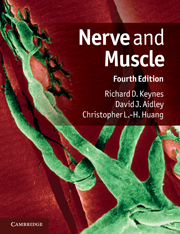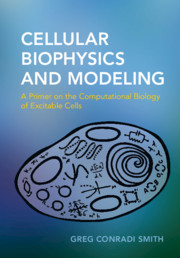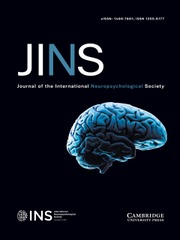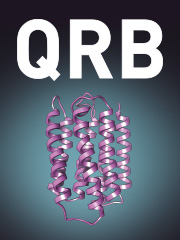Nerve and Muscle
Written with undergraduate students in mind, the new edition of this classic textbook provides a compact introduction to the physiology of nerve and muscle. It gives a straightforward account of the fundamentals accompanied by some of the experimental evidence upon which this understanding is based. It first explores the nature of nerve impulses, clarifying their mechanisms in terms of ion flow through molecular channels in cell membranes. There then follows an account of the synaptic transmission processes by which one excitable cell influences activity in another. Finally, the emphasis turns to the consequences of excitable activity in the activation of contraction in skeletal, cardiac and smooth muscle, highlighting the relationships between cellular structure and function. This fourth edition includes new material on the molecular nature of ion channels, the activation of skeletal muscle and the function of cardiac and smooth muscle, reflecting exciting new developments in these rapidly growing fields.
- Simple and compact introduction to the fundamentals of nerve and muscle physiology - ideal for first year undergraduates
- Emphasises the experimental background behind discoveries - gives students a valuable insight into the scientific method
- Updated to reflect recent developments in the field - students will benefit from straightforward explanations of exciting new discoveries
Reviews & endorsements
'Huang has taken on the mammoth task of bringing the book up to date and has succeeded in maintaining the enthusiastic and eminently readable approach of Keynes and Aidley who created one of the greatest physiology books covering the crucial areas of nerve and muscle. The fascinating historical perspective on the discovery of membrane potentials, the transmission of nerve impulses and their molecular basis is essential reading for students of medicine and physiology with a curiosity about scientific methods, and progress. … The new edition shows how the important discoveries in the twentieth century remain central today, and the book provides the groundwork for the enormous and exciting task that still lies ahead, namely the understanding of how nerve transmission in the central nervous system is integrated to achieve the higher functions of the human brain, memory, learning and consciousness.' Michael A. Ferenczi, Imperial College London
'This book is a beautifully written gem. It is clearly illustrated, and it makes one of the most difficult areas of biology completely accessible. It should find its way onto the bookshelves of electrophysiologists everywhere and any students who aspire to master one of the most exciting areas of modern biology.' Denis Noble, University of Oxford
Product details
December 2010Adobe eBook Reader
9780511922824
0 pages
0kg
141 b/w illus. 5 tables
This ISBN is for an eBook version which is distributed on our behalf by a third party.
Table of Contents
- Preface
- 1. Structural organization of the nervous system
- 2. Resting and action potentials
- 3. The ionic permeability of the nerve membrane
- 4. Membrane permeability changes during excitation
- 5. Voltage-gated ion channels
- 6. Cable theory and saltatory conduction
- 7. Neuromuscular transmission
- 8. Synaptic transmission in the nervous system
- 9. The mechanism of contraction in skeletal muscle
- 10. The activation of skeletal muscle
- 11. Contractile function in skeletal muscle
- 12. Cardiac muscle
- 13. Smooth muscle
- Further reading
- References
- Index.










